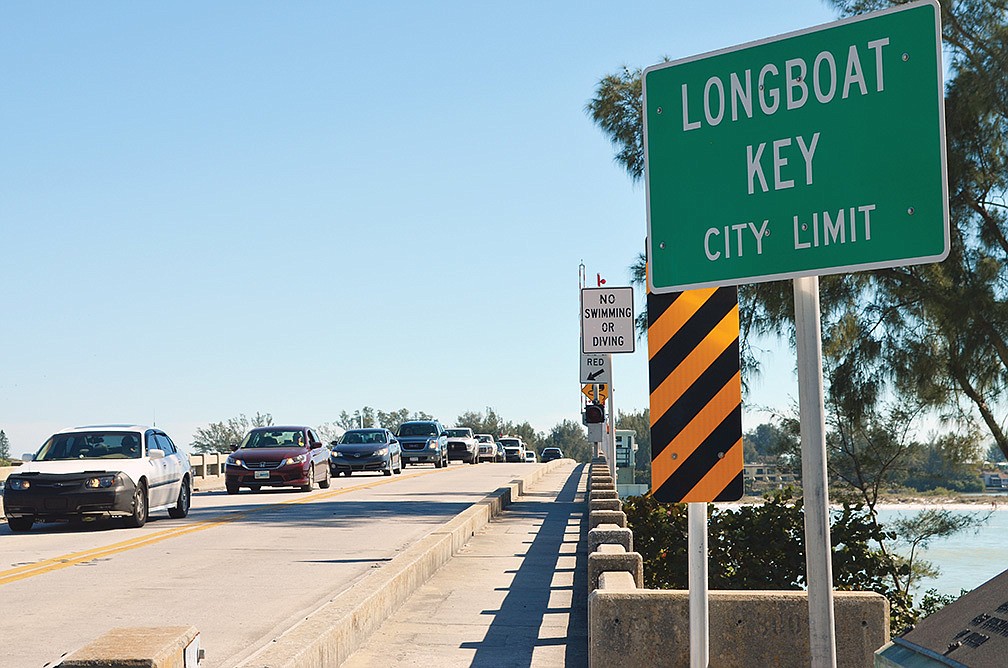- November 24, 2024
-
-
Loading

Loading

In business, at a restaurant, or, say, a newspaper, or on a professional sports team, the managements and staffs routinely perform post-mortems.
If something went wrong in the dining room, or in the day’s edition or during a play or game, the staffs analyze what happened and immediately take steps to prevent the same mistake from occurring the next day or the next night.
That’s the kind of thinking and action we need now from our elected and government officials.
Traffic was a nightmare this past season on both ends of Longboat Key, in Bradenton Beach, on the Cortez Bridge, on St. Armands Circle, the Ringling Bridge and on and on.
We can’t let that happen again next season. Too much is at stake financially and for the future. Even if it means implementing interim steps, we cannot repeat what happened this season nine months from now.
That would be a disaster — for everyone.
This is the mindset on which taxpayers, residents and business owners must insist from public and government officials. The response that road projects are in the works or on the Florida Department of Transportation to-do schedule for 2018 or 2020 or whenever should not be excuses or deterrents to action. Work around them.
Growth is not the problem here.
Take a look at the population and housing data in the box below. Over 14 years, the population in Longboat Key and the surrounding municipalities has increased only 2.5% — an average annual growth rate of 0.17% — that’s zero point 17%, less than a quarter of a percent.
Or put another way, population of the six municipalities charted below increased only 2,937 over 14 years — 209 people a year.
Consider housing units. The total number of housing units in the six municipalities increased more than population did — by 3,885, or an average of 277 a year.
Neither of these — population nor housing growth — is an eye-popping explosion. To the contrary.
Or even if you took the change in housing units in the four barrier-island municipalities, they increased by 810 units. That’s still only 5% growth over 14 years, or a half of a percent per year.
Or, convert that increase in housing units to population, assuming two people per unit during season. Fourteen years ago, that would have translated to 32,672 people on the barrier islands at absolute peak season at the same time (a rare occurrence, if at all). In 2014, that would have increased to 34,292 people, an increase of 1,620 more people.
On Longboat Key, the increase in housing units over the 14-year period was 580. Multiply that by two, and you have an increase of 1,160 more people here at peak season than in the year 2000.
But even those increases over the past 14 years have been ameliorated on Longboat by the loss of more than 200 hotel units. Even if each new housing unit brought two more cars to the Key, that still would not equal the number of cars on the island when Longboat had the Colony, the former Holiday Inn, the Hilton and several smaller resorts that have since converted to condominiums operating at capacity.
Given the data, it’s difficult to argue that traffic is worse than ever now because of population growth.
The traffic backups are more problems of timing and capacity — too many people driving at once.
The latter can be managed — with such tactics as traffic managers, light synchronization and use charges.
This region can’t wait for FDOT to build more capacity. Local and state public officials need to be creative. Most of all, they need to be ready for next season. They need to be urgent. Nine months to go.